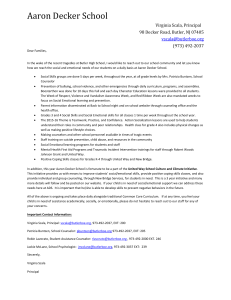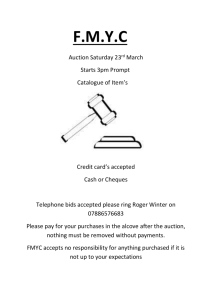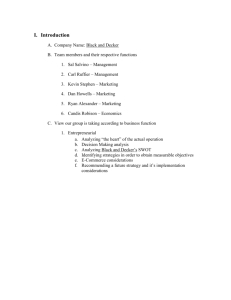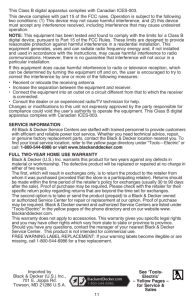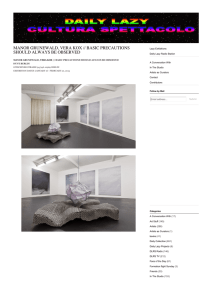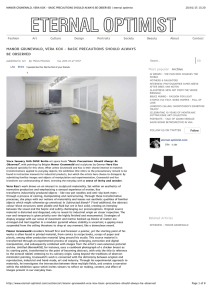Case Study Integrative Cases Chapter 26
advertisement
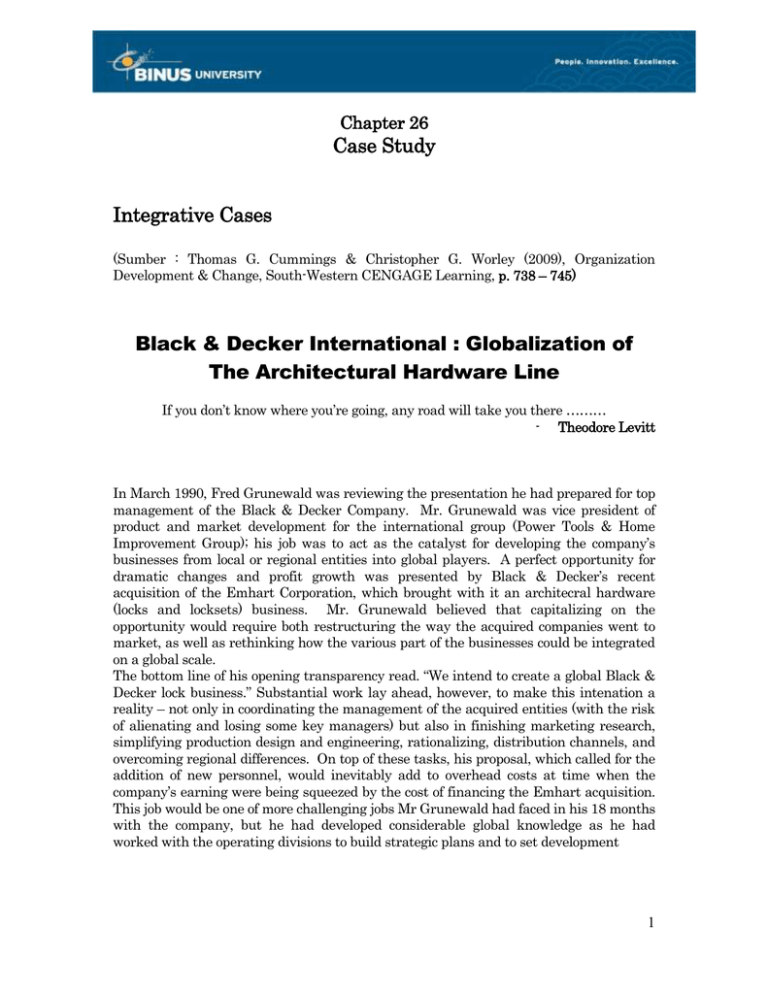
Chapter 26 Case Study Integrative Cases (Sumber : Thomas G. Cummings & Christopher G. Worley (2009), Organization Development & Change, South-Western CENGAGE Learning, p. 738 – 745) Black & Decker International : Globalization of The Architectural Hardware Line If you don’t know where you’re going, any road will take you there ……… - Theodore Levitt In March 1990, Fred Grunewald was reviewing the presentation he had prepared for top management of the Black & Decker Company. Mr. Grunewald was vice president of product and market development for the international group (Power Tools & Home Improvement Group); his job was to act as the catalyst for developing the company’s businesses from local or regional entities into global players. A perfect opportunity for dramatic changes and profit growth was presented by Black & Decker’s recent acquisition of the Emhart Corporation, which brought with it an architecral hardware (locks and locksets) business. Mr. Grunewald believed that capitalizing on the opportunity would require both restructuring the way the acquired companies went to market, as well as rethinking how the various part of the businesses could be integrated on a global scale. The bottom line of his opening transparency read. “We intend to create a global Black & Decker lock business.” Substantial work lay ahead, however, to make this intenation a reality – not only in coordinating the management of the acquired entities (with the risk of alienating and losing some key managers) but also in finishing marketing research, simplifying production design and engineering, rationalizing, distribution channels, and overcoming regional differences. On top of these tasks, his proposal, which called for the addition of new personnel, would inevitably add to overhead costs at time when the company’s earning were being squeezed by the cost of financing the Emhart acquisition. This job would be one of more challenging jobs Mr Grunewald had faced in his 18 months with the company, but he had developed considerable global knowledge as he had worked with the operating divisions to build strategic plans and to set development 1 priorities. He believed he would also be helped by the globalization momentum that had won the company much favorable publicity in recent times. Because the presentation of his recommendations was scheduled for next week, he set about thinking through the logic and implications of his report one more time. BLACK & DECKER Four years ago, Black & Decker was a struggling industrial also-ran that that was in serious troble. Made a commitment to run the company around, and we have met that commitment. Today, Black & Decker has been transformed into a global marketing power that has rewritten nearly every performance record in its history ……….. The company’s resurgence has been driven by a four-part strategy that concentrated all of our recources and energies on a set of clear objectives: build core profitability; strengthen management; improve return on equity; and broaden the earnings base. - 1989 Annual Report Questions 1. What do you think of Grunewald’s plan for creating a “global lock business”? What factors favor this action? What factors stand in the way? 2. What are the organizational implications of this strategy? What kind of structure, culture, and systems are necessary to make it work? What would be your action plan for implementation? 3. Assume you were Grunewald’s OD consultant. What coaching advice would you have for him in executing this strategic change? 2
